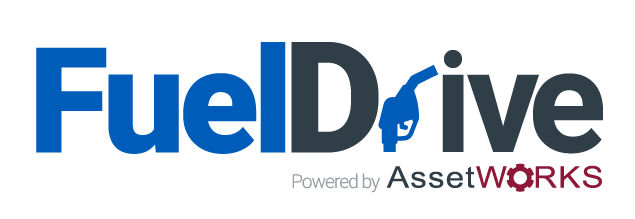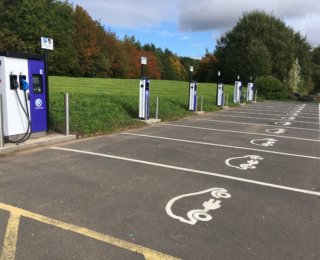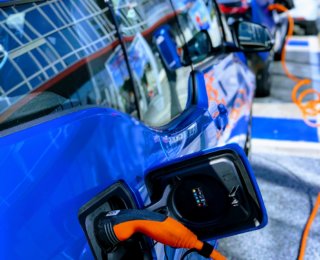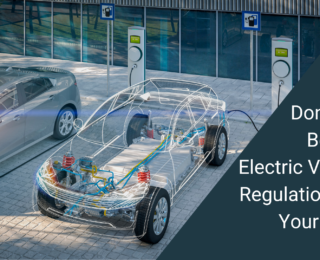Charging infrastructure is the most difficult part of fleet electrification, because of the immense planning, coordination, capital, and expertise that it requires. Increasingly, “Charging as a Service” or CaaS is discussed by fleets as a possible solution. CaaS is a different approach to fueling infrastructure than what most fleets are used to, but its appeal is growing among many fleet leaders.
CaaS is designed to be a worry-free EV charging solution for fleets that combines all the required hardware, software, and service offerings with subscription pricing. The charging vendors own the charging station, and the fleet pays an all-inclusive cost (which is flexible but usually in payments) for their charging needs.
The concept is low risk for fleets that can budget around fixed and simplified costs and flexible in that it can be rapidly scaled up or down for different project sites. The greatest cost-saving benefit is the increase in simplicity and the reduction in staff time needed to plan and maintain infrastructure—essentially removing the burden of ownership and maintenance with turnkey stations, software, support, and professional field maintenance
Charging as a service provides organizations with minimal upfront purchasing costs, but like financed or leased deals the total cost of ownership would be higher except for one concern— staff time. Charging as a service removes the need for many types of planning and operations support. Depending on internal labor costs, CaaS may or may not be a better value than owning stations outright.
Oftentimes, CaaS providers will claim the right to Low-Carbon Fuel Credits in states like California, Washington, Oregon, and elsewhere. Many of these revenues can be passed on to fleets in the form of lower pricing which can create a stark contrast to the cost of self-owned and operated infrastructure. However, fleets can also claim and sell those same credits. Like in the case of charger deployment and maintenance, the question of whether to use CaaS depends mostly on staff availability, capital resources on hand, and internal labor costs.
CaaS is a solution worth researching and discussing internally. The number of resources on the subject that are available to fleets is increasing. Here are key questions fleet leaders should ask when deciding if CaaS is a good fit for their EV fleet program:
- Do I have enough capital for charging equipment and electrical upgrades? Would CaaS minimize my upfront costs enough to allow the purchase of additional vehicles or other equipment?
- Am I comfortable assuming responsibility for things like charger maintenance and operations after the warranty period?
- Does my organization want to handle fuel credit reporting and selling on its own or with a broker?
- Does my organization have the capacity to maintain high charger uptime or is it better for the vendor to be responsible?
To learn more about charging-as-a-service with FuelDrive, schedule a custom demo today.










